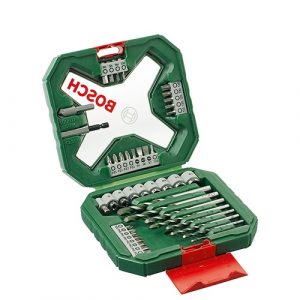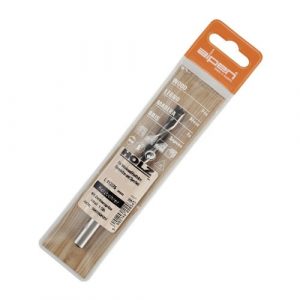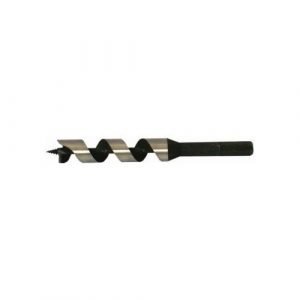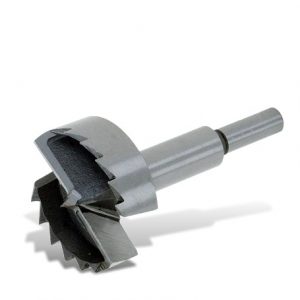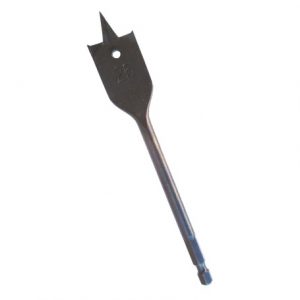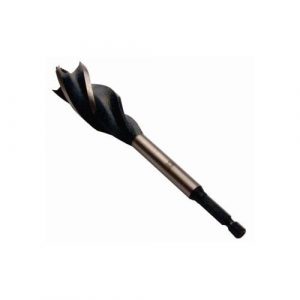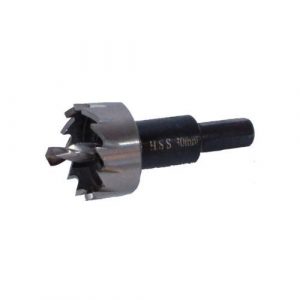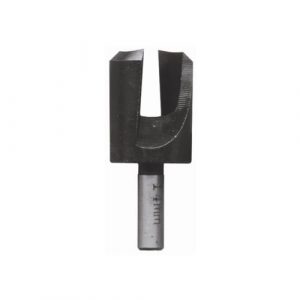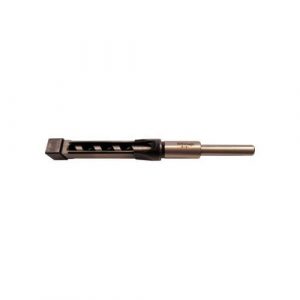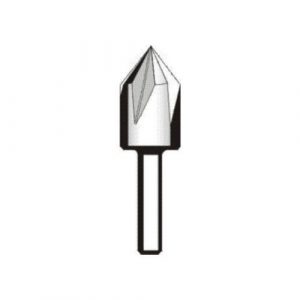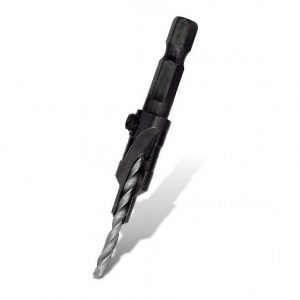What are Drill Bits
Drill bits are cutting tools used to create holes in all types of Materials such as Steel, Wood, Glass and Plastic. The specific type of drill bit is required for the different type of material being drilled as there are numerous purposes for a drill bit. It is used ranging from DIY woodworking, steelwork & building projects to construction undertakings.
Drill bits differ in shapes, sizes, length and purpose as there are different purposes for a drill bit. Almost any type of material can be drilled because they are catered for by the specific drill bit, such as Aluminium, Brass, Cast Iron, Mild steel, stainless steel and Plastics. The edges and width are specifically designed to cut through these materials, using a bit not designed for the task may cause your drill bit to break or flatten the bit point as some materials are too hard to drill through and can damage your Materials. To determine which drill bit is required for a specific task you could have a look at the Drill Bit specification chart to get an idea of which drill bit would be handy for your task at hand, these charts are available at Tools4Wood.
